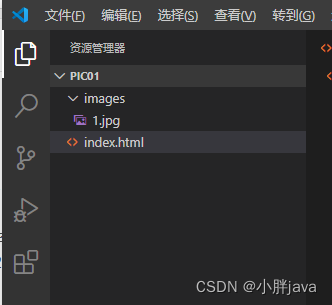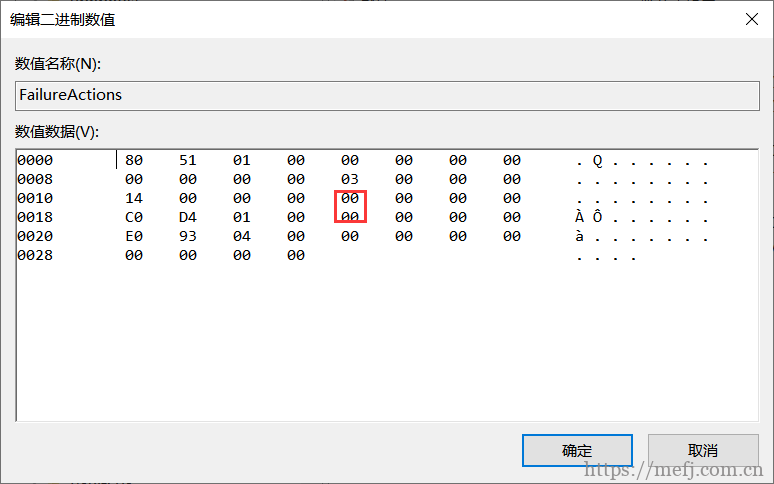第八章 K近邻算法
1.K近邻算法简单代码演示
import pandas as pd
df = pd.read_excel('葡萄酒.xlsx')
df
| 原始样本 | 酒精含量(%) | 苹果酸含量(%) | 分类 | |
|---|---|---|---|---|
| 0 | 样本1 | 5 | 2 | 0 |
| 1 | 样本2 | 6 | 1 | 0 |
| 2 | 样本3 | 4 | 1 | 0 |
| 3 | 样本4 | 8 | 3 | 1 |
| 4 | 样本5 | 10 | 2 | 1 |
# 特征变量和目标变量的切分
X_train = df[['酒精含量(%)','苹果酸含量(%)']]
y_train = df['分类']
# 模型训练
from sklearn.neighbors import KNeighborsClassifier as KNN
knn = KNN(n_neighbors=3)
knn.fit(X_train, y_train)
KNeighborsClassifier(n_neighbors=3)In a Jupyter environment, please rerun this cell to show the HTML representation or trust the notebook.
On GitHub, the HTML representation is unable to render, please try loading this page with nbviewer.org.
KNeighborsClassifier(n_neighbors=3)
# 模型预测:预测单个样本
X_test = [[7, 1]] # X_test为测试集特征变量
answer = knn.predict(X_test)
print(answer)
[0]
D:\coder\randomnumbers\venv\lib\site-packages\sklearn\base.py:450: UserWarning: X does not have valid feature names, but KNeighborsClassifier was fitted with feature names
warnings.warn(
# 模型预测:预测多个样本
X_test = [[7, 1], [8, 3]] # 这里能帮助理解为什么要写成二维数组的样式
answer = knn.predict(X_test)
print(answer)
[0 1]
D:\coder\randomnumbers\venv\lib\site-packages\sklearn\base.py:450: UserWarning: X does not have valid feature names, but KNeighborsClassifier was fitted with feature names
warnings.warn(
补充知识点:K近邻算法回归模型
from sklearn.neighbors import KNeighborsRegressor
X = [[1, 2], [3, 4], [5, 6], [7, 8], [9, 10]]
y = [1, 2, 3, 4, 5]
model = KNeighborsRegressor(n_neighbors=2)
model.fit(X, y)
print(model.predict([[5, 5]]))
[2.5]
2.数据归一化代码演示
2.1 min-max标准化
import pandas as pd
df = pd.read_excel('葡萄酒2.xlsx')
X = df[['酒精含量(%)','苹果酸含量(%)']]
y = df['分类']
from sklearn.preprocessing import MinMaxScaler
X_new = MinMaxScaler().fit_transform(X)
X_new
array([[0.16666667, 0.5 ],
[0.33333333, 0. ],
[0. , 0. ],
[0.66666667, 1. ],
[1. , 0.5 ]])
2.2 Z-score标准化
from sklearn.preprocessing import StandardScaler
X_new = StandardScaler().fit_transform(X)
X_new
array([[-0.74278135, 0.26726124],
[-0.27854301, -1.06904497],
[-1.2070197 , -1.06904497],
[ 0.64993368, 1.60356745],
[ 1.57841037, 0.26726124]])
3.案例实战 - 手写数字识别模型
# 1.读取数据
import pandas as pd
df = pd.read_excel('手写字体识别.xlsx')
df.head()
| 对应数字 | 0 | 1 | 2 | 3 | 4 | 5 | 6 | 7 | 8 | ... | 1014 | 1015 | 1016 | 1017 | 1018 | 1019 | 1020 | 1021 | 1022 | 1023 | |
|---|---|---|---|---|---|---|---|---|---|---|---|---|---|---|---|---|---|---|---|---|---|
| 0 | 0 | 0 | 0 | 0 | 0 | 0 | 0 | 0 | 0 | 0 | ... | 0 | 0 | 0 | 0 | 0 | 0 | 0 | 0 | 0 | 0 |
| 1 | 0 | 0 | 0 | 0 | 0 | 0 | 0 | 0 | 0 | 0 | ... | 0 | 0 | 0 | 0 | 0 | 0 | 0 | 0 | 0 | 0 |
| 2 | 0 | 0 | 0 | 0 | 0 | 0 | 0 | 0 | 0 | 0 | ... | 0 | 0 | 0 | 0 | 0 | 0 | 0 | 0 | 0 | 0 |
| 3 | 0 | 0 | 0 | 0 | 0 | 0 | 0 | 0 | 0 | 0 | ... | 0 | 0 | 0 | 0 | 0 | 0 | 0 | 0 | 0 | 0 |
| 4 | 0 | 0 | 0 | 0 | 0 | 0 | 0 | 0 | 0 | 0 | ... | 0 | 0 | 0 | 0 | 0 | 0 | 0 | 0 | 0 | 0 |
5 rows × 1025 columns
# 2.提取特征变量和目标变
X = df.drop(columns='对应数字')
y = df['对应数字']
# 3.划分训练集和测试集
from sklearn.model_selection import train_test_split
X_train, X_test, y_train, y_test = train_test_split(X, y, test_size=0.2, random_state=123)
# 4.模型搭建
from sklearn.neighbors import KNeighborsClassifier as KNN
knn = KNN(n_neighbors=5)
knn.fit(X_train, y_train)
KNeighborsClassifier()In a Jupyter environment, please rerun this cell to show the HTML representation or trust the notebook.
On GitHub, the HTML representation is unable to render, please try loading this page with nbviewer.org.
KNeighborsClassifier()
# 5.模型预测 - 预测数据结果
y_pred = knn.predict(X_test)
print(y_pred[0:100])
[5 3 7 8 9 2 1 4 5 8 9 5 9 3 3 2 3 7 9 1 0 0 7 6 6 7 0 9 6 9 1 8 6 9 2 5 2
4 5 8 3 6 9 4 9 2 7 3 4 9 5 6 7 3 3 8 3 1 5 3 6 7 5 0 3 7 1 4 9 1 5 1 2 6
9 1 9 5 5 9 2 8 8 4 4 9 4 3 9 8 0 3 4 3 6 8 5 2 9 0]
a = pd.DataFrame() # 创建一个空DataFrame
a['预测值'] = list(y_pred)
a['实际值'] = list(y_test)
a.head()
| 预测值 | 实际值 | |
|---|---|---|
| 0 | 5 | 5 |
| 1 | 3 | 3 |
| 2 | 7 | 7 |
| 3 | 8 | 8 |
| 4 | 9 | 9 |
# 预测准确度评估
from sklearn.metrics import accuracy_score
score = accuracy_score(y_pred, y_test)
score
0.9819121447028424
# 模型自带的score()函数也可以进行打分
score = knn.score(X_test, y_test)
score
0.9819121447028424
4.补充知识点:图像识别原理详解
4.1 图片大小调整及显示
from PIL import Image
img = Image.open('数字4.png')
img = img.resize((32,32))
img.show()
img

4.2 图片灰度处理
img = img.convert('L')
img

4.3 图片二值化处理
# 二值化处理
import numpy as np
img_new = img.point(lambda x: 0 if x > 128 else 1)
arr = np.array(img_new)
# 打印arr中的每一行
for i in range(arr.shape[0]):
print(arr[i])
[0 0 0 0 0 0 0 0 0 0 0 0 0 0 0 0 0 0 0 0 0 0 0 0 0 0 0 0 0 0 0 0]
[0 0 0 0 0 0 0 0 0 0 0 0 0 0 0 0 0 0 0 0 0 0 0 0 0 0 0 0 0 0 0 0]
[0 0 0 0 0 0 0 0 0 0 0 0 0 0 0 0 0 0 0 0 0 0 0 0 0 0 0 0 0 0 0 0]
[0 0 0 0 0 0 0 0 0 0 0 0 0 0 0 0 0 0 0 0 0 0 0 0 0 0 0 0 0 0 0 0]
[0 0 0 0 0 0 0 0 0 0 0 0 0 0 0 0 0 0 0 0 0 0 0 0 0 0 0 0 0 0 0 0]
[0 0 0 0 0 0 0 0 0 0 0 0 0 0 0 1 1 1 1 1 0 0 0 0 0 0 0 0 0 0 0 0]
[0 0 0 0 0 0 0 0 0 0 0 0 0 0 0 1 1 1 1 1 1 0 0 0 0 0 0 0 0 0 0 0]
[0 0 0 0 0 0 0 0 0 0 0 0 0 0 1 1 1 1 1 1 1 0 0 0 0 0 0 0 0 0 0 0]
[0 0 0 0 0 0 0 0 0 0 0 0 0 1 1 1 1 1 1 1 1 1 0 0 0 0 0 0 0 0 0 0]
[0 0 0 0 0 0 0 0 0 0 0 0 0 1 1 1 1 1 1 1 1 1 0 0 0 0 0 0 0 0 0 0]
[0 0 0 0 0 0 0 0 0 0 0 0 1 1 1 1 0 1 1 1 1 1 0 0 0 0 0 0 0 0 0 0]
[0 0 0 0 0 0 0 0 0 0 0 0 1 1 1 1 0 1 1 1 1 1 0 0 0 0 0 0 0 0 0 0]
[0 0 0 0 0 0 0 0 0 0 0 1 1 1 1 0 0 1 1 1 1 1 0 0 0 0 0 0 0 0 0 0]
[0 0 0 0 0 0 0 0 0 0 0 1 1 1 1 0 0 1 1 1 1 1 0 0 0 0 0 0 0 0 0 0]
[0 0 0 0 0 0 0 0 0 0 1 1 1 1 0 0 0 1 1 1 1 1 0 0 0 0 0 0 0 0 0 0]
[0 0 0 0 0 0 0 0 0 0 1 1 1 1 0 0 0 1 1 1 1 1 0 0 0 0 0 0 0 0 0 0]
[0 0 0 0 0 0 0 0 0 1 1 1 1 0 0 0 0 1 1 1 1 1 0 0 0 0 0 0 0 0 0 0]
[0 0 0 0 0 0 0 0 0 1 1 1 1 0 0 0 0 1 1 1 1 1 0 0 0 0 0 0 0 0 0 0]
[0 0 0 0 0 0 0 0 1 1 1 1 0 0 0 0 0 1 1 1 1 1 0 0 0 0 0 0 0 0 0 0]
[0 0 0 0 0 0 0 1 1 1 1 1 0 0 0 0 0 1 1 1 1 1 0 0 0 0 0 0 0 0 0 0]
[0 0 0 0 0 0 0 1 1 1 1 1 1 1 1 1 1 1 1 1 1 1 1 1 0 0 0 0 0 0 0 0]
[0 0 0 0 0 0 1 1 1 1 1 1 1 1 1 1 1 1 1 1 1 1 1 1 1 0 0 0 0 0 0 0]
[0 0 0 0 0 0 1 1 1 1 1 1 1 1 1 1 1 1 1 1 1 1 1 1 1 0 0 0 0 0 0 0]
[0 0 0 0 0 0 0 1 1 1 1 1 1 1 1 1 1 1 1 1 1 1 1 1 0 0 0 0 0 0 0 0]
[0 0 0 0 0 0 0 0 0 0 0 0 0 0 0 0 0 1 1 1 1 1 0 0 0 0 0 0 0 0 0 0]
[0 0 0 0 0 0 0 0 0 0 0 0 0 0 0 0 0 1 1 1 1 1 0 0 0 0 0 0 0 0 0 0]
[0 0 0 0 0 0 0 0 0 0 0 0 0 0 0 0 0 1 1 1 1 1 0 0 0 0 0 0 0 0 0 0]
[0 0 0 0 0 0 0 0 0 0 0 0 0 0 0 0 0 1 1 1 1 1 0 0 0 0 0 0 0 0 0 0]
[0 0 0 0 0 0 0 0 0 0 0 0 0 0 0 0 0 1 1 1 1 0 0 0 0 0 0 0 0 0 0 0]
[0 0 0 0 0 0 0 0 0 0 0 0 0 0 0 0 0 0 0 1 0 0 0 0 0 0 0 0 0 0 0 0]
[0 0 0 0 0 0 0 0 0 0 0 0 0 0 0 0 0 0 0 0 0 0 0 0 0 0 0 0 0 0 0 0]
[0 0 0 0 0 0 0 0 0 0 0 0 0 0 0 0 0 0 0 0 0 0 0 0 0 0 0 0 0 0 0 0]
4.4 二维数组转一维数组
arr_new = arr.reshape(1, -1)
arr_new
array([[0, 0, 0, ..., 0, 0, 0]], dtype=uint8)
print(arr_new.shape)
(1, 1024)
此时我们可以把这个处理过的图片“数字4”传入到我们上面训练好的knn模型中
answer = knn.predict(arr_new)
print('图片中的数字为:' + str(answer[0]))
图片中的数字为:4
5.代码汇总与测试
# 主要分为三步,第一步训练模型,第二步处理图片,第三步导入模型并预测
# 1.训练模型
# 1.1 读取数据
import pandas as pd
df = pd.read_excel('手写字体识别.xlsx')
# 1.2 提取特征变量和目标变量
X = df.drop(columns='对应数字')
y = df['对应数字']
# 1.3 划分训练集和测试集
from sklearn.model_selection import train_test_split
X_train, X_test, y_train, y_test = train_test_split(X, y, test_size=0.2, random_state=123)
# 1.4 训练模型
from sklearn.neighbors import KNeighborsClassifier as KNN
knn = KNN(n_neighbors=5)
knn.fit(X_train, y_train) # 自此手写字体识别模型便搭建好了
# 2.处理图片
# 2.1 图片读取 & 大小调整 & 灰度处理
from PIL import Image
img = Image.open('测试图片.png') # 这里传入手写的图片,注意写对文件路径
img = img.resize((32,32))
img = img.convert('L')
# 2.2 图片二值化处理 & 二维数据转一维数据
import numpy as np
img_new = img.point(lambda x: 0 if x > 128 else 1)
arr = np.array(img_new)
arr_new = arr.reshape(1, -1)
# 3.预测手写数字
answer = knn.predict(arr_new)
print('图片中的数字为:' + str(answer[0]))
图片中的数字为:1
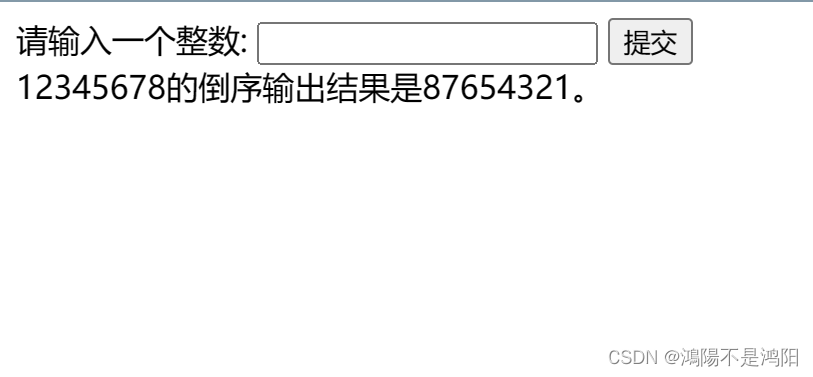
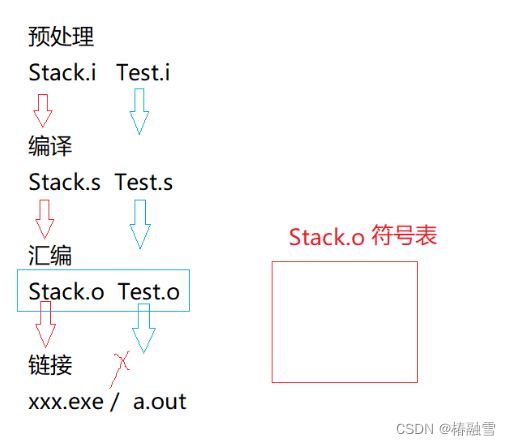
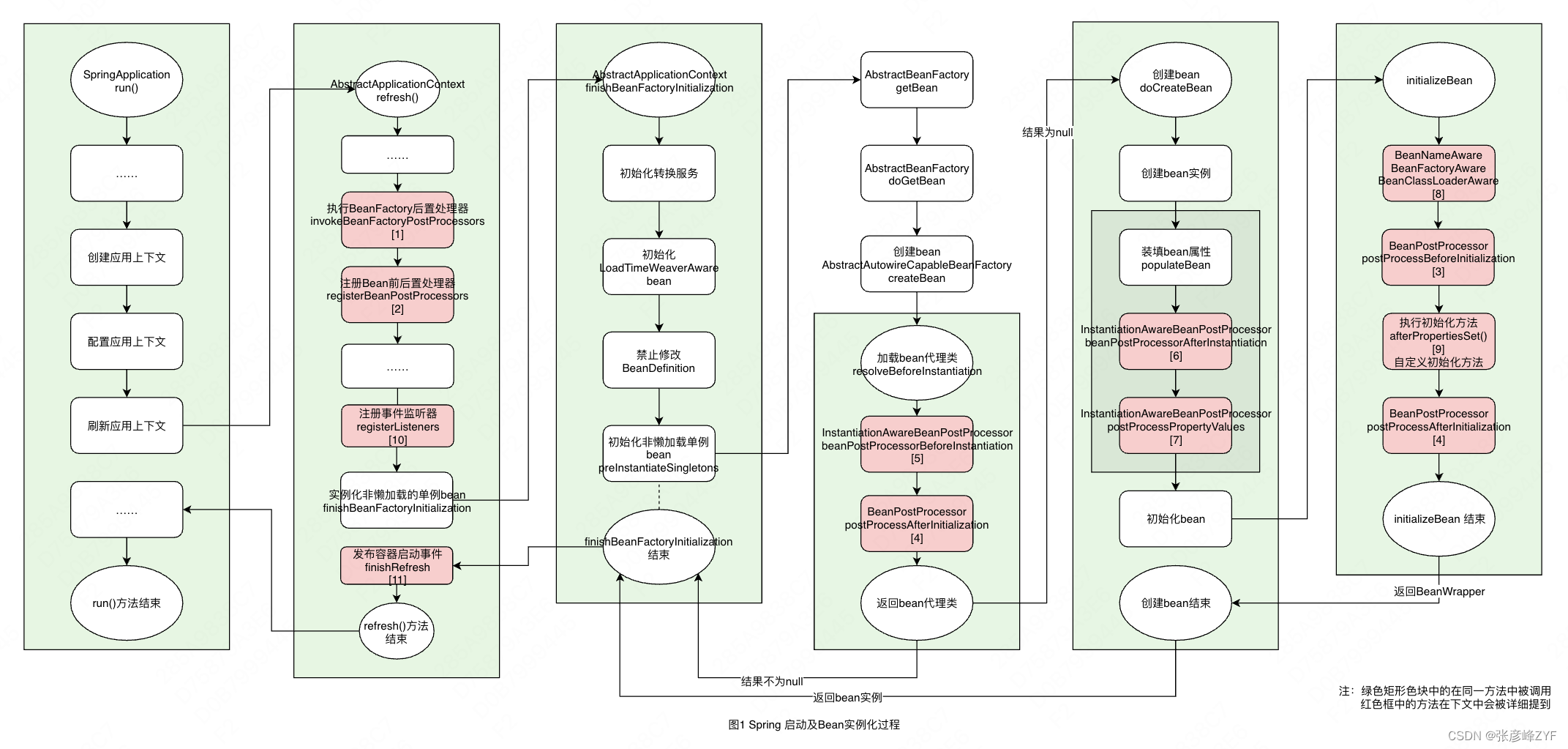

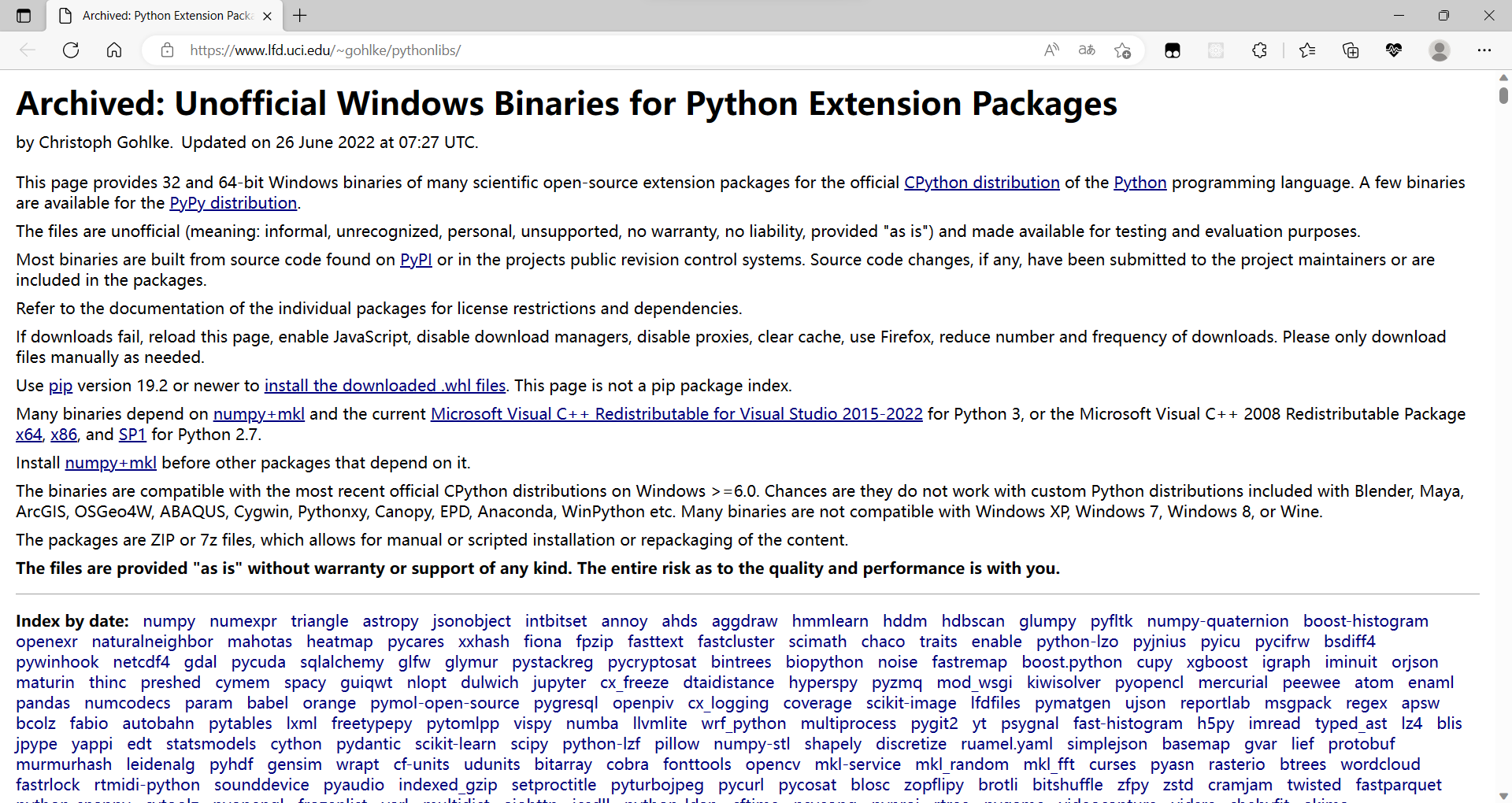

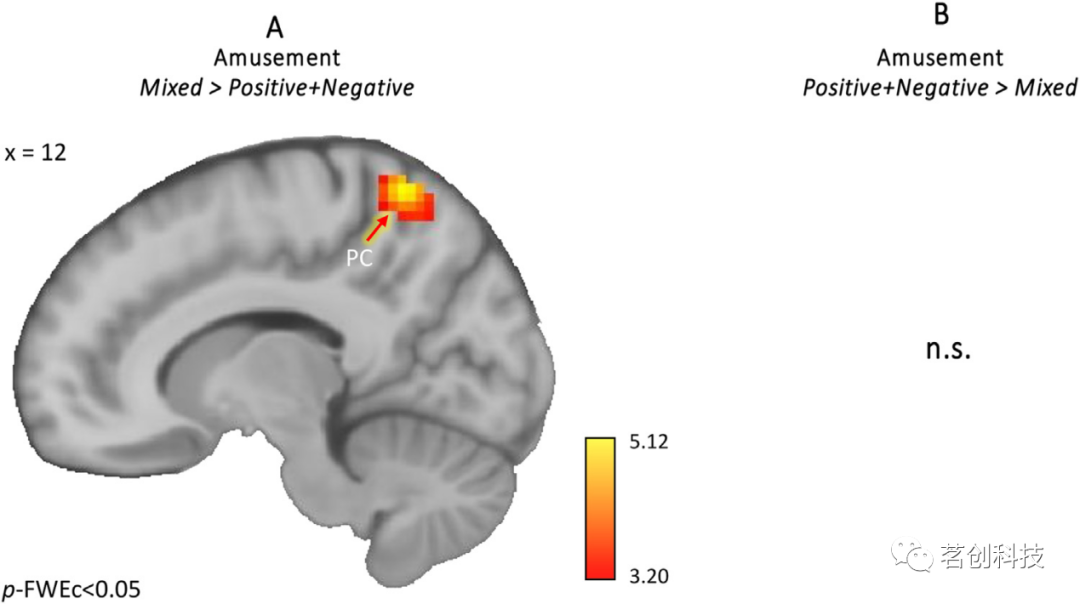

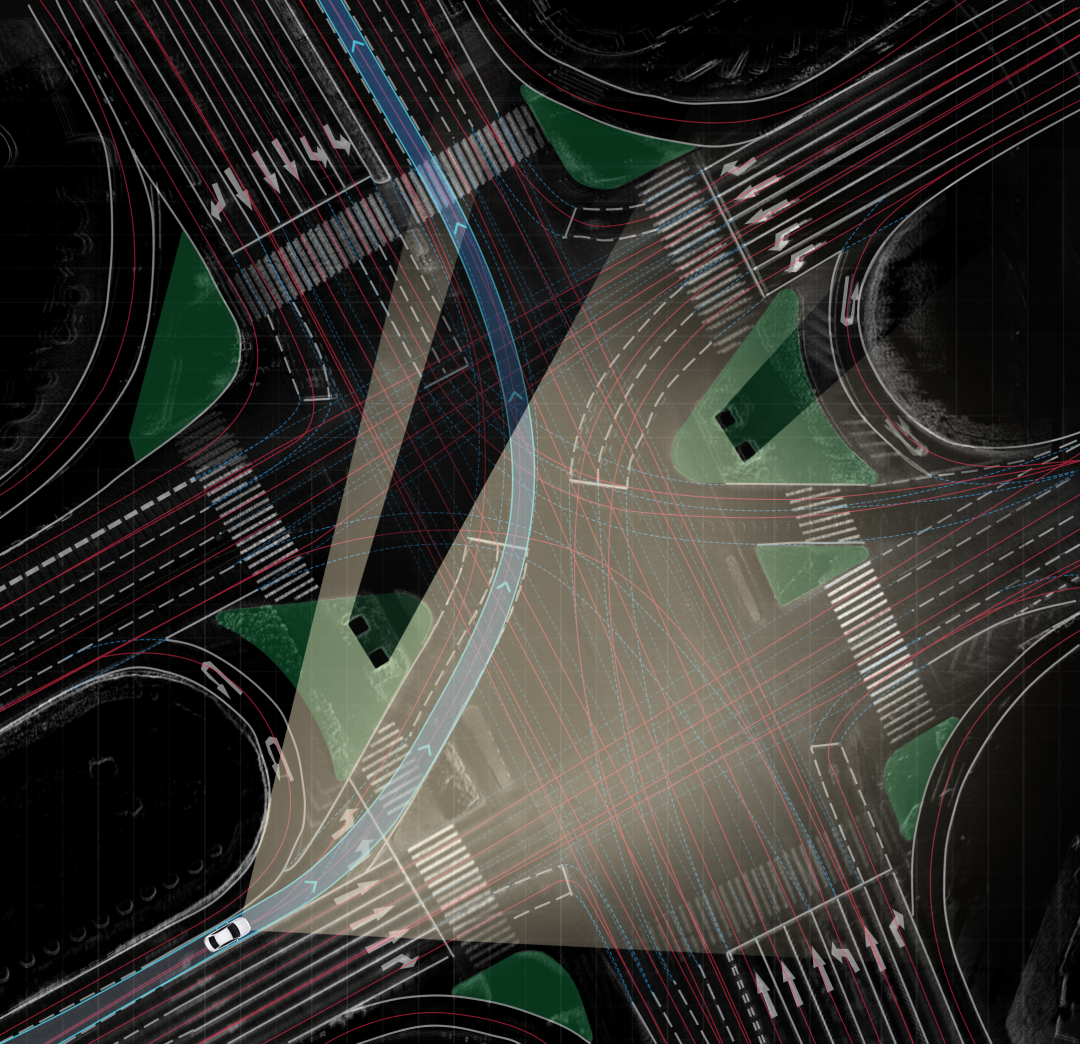





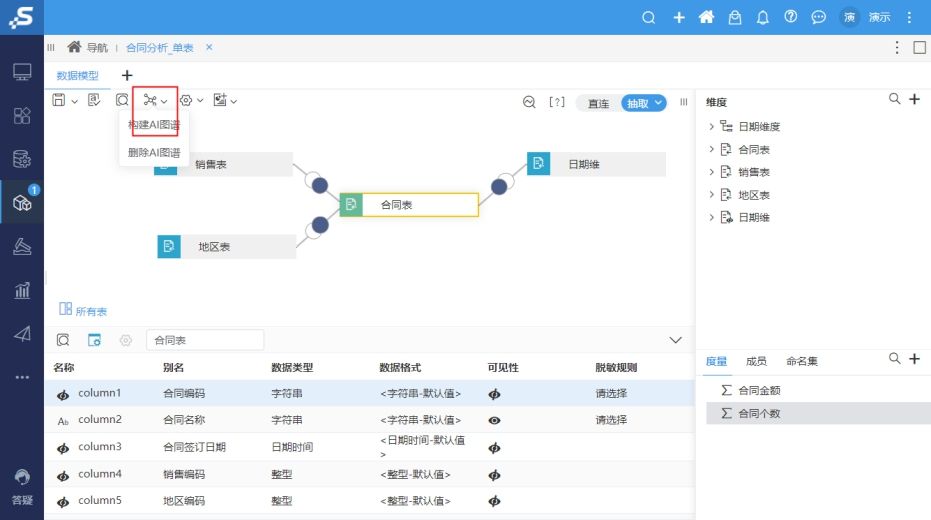
![【题解】P4055 [JSOI2009] 游戏](https://img-blog.csdnimg.cn/a31d8471dfe94ab7ab7e60302ae563d7.png#pic_center)

